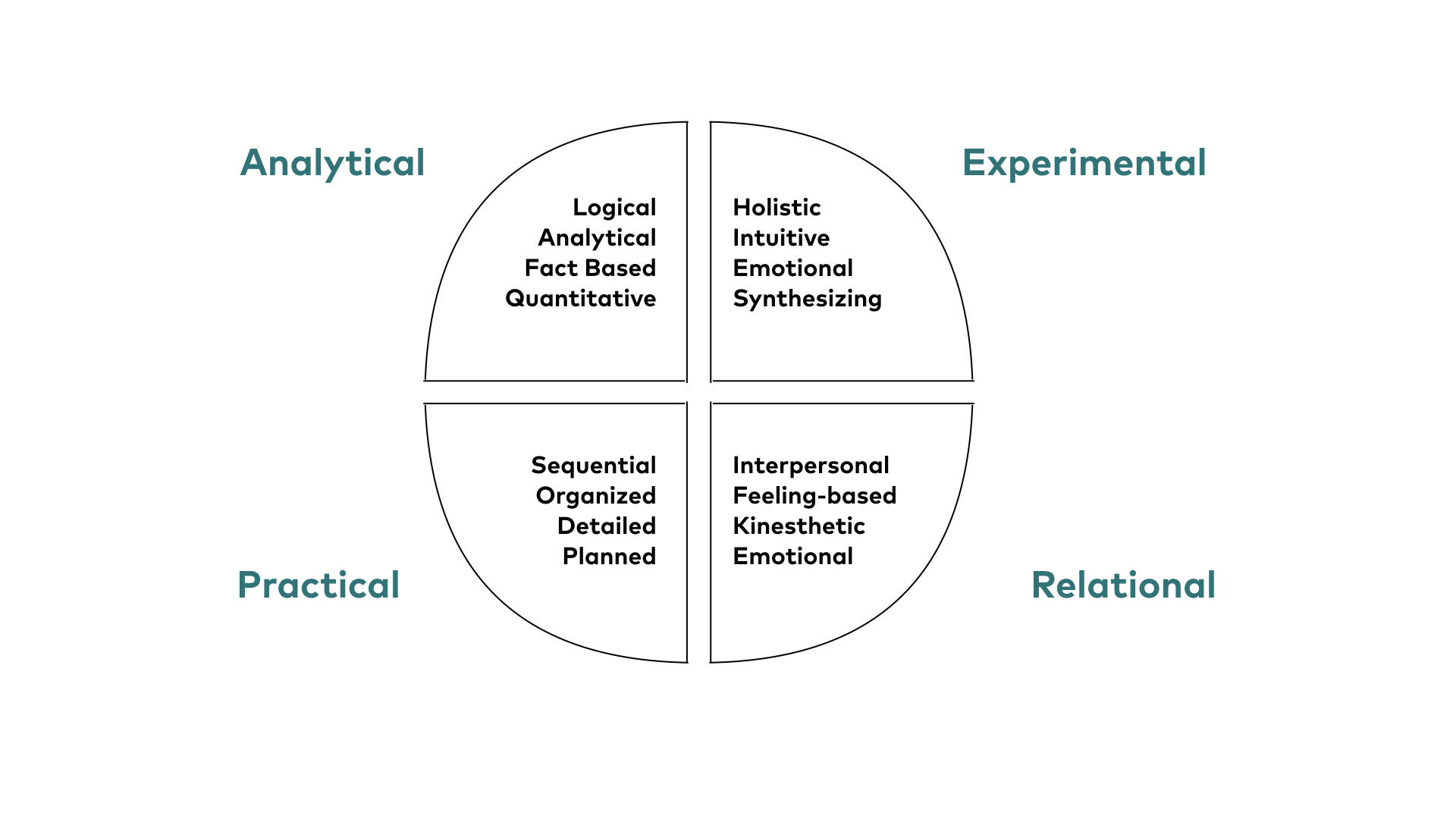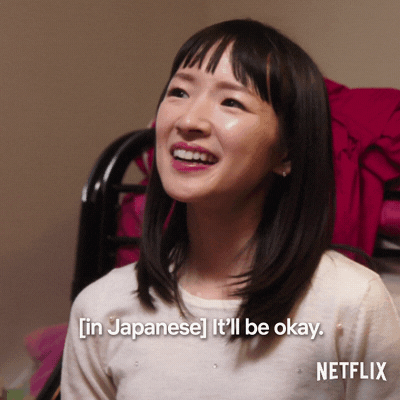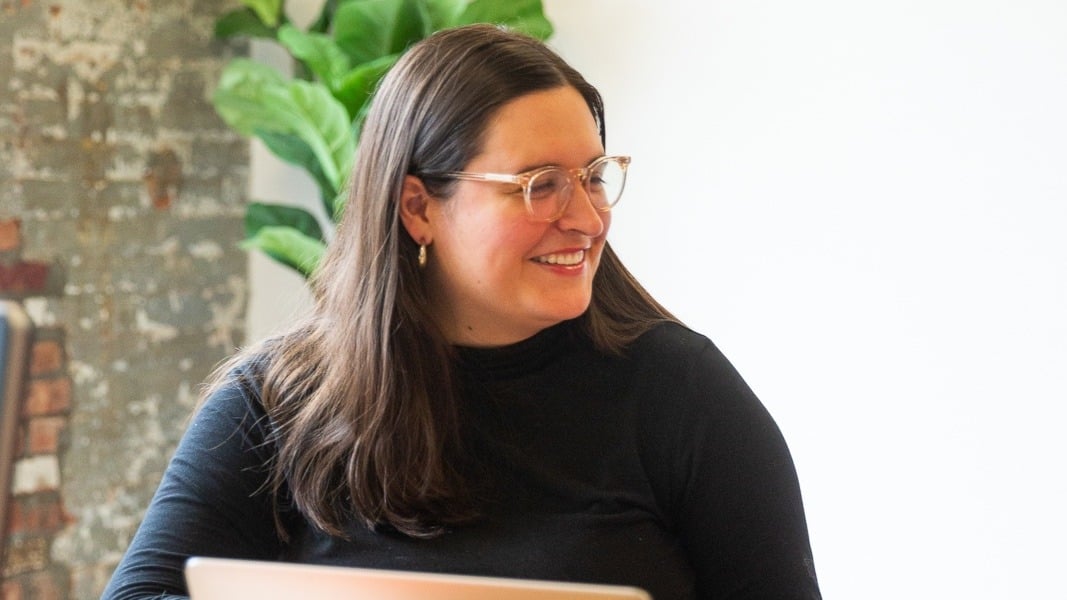Published April 25, 2019 | Updated March 19, 2020 | 3 minute read
The phrase “does it spark joy?” has been sufficiently meme-ified since Mari Kondo went mainstream in January 2019. It’s easy to deride using such an abstract-seeming question to decide whether to keep a physical object or not. That said, the phrase has proliferated into every day millennial conversation, and definitely led to a purge of sack dresses and mid-century lamps on the Brooklyn stoops where I live.
The phrase works in part because the concatenation of the two words, “spark” and “joy”, is sticky. They’re uncommon words, and they sound good together. “Spark” is an underused verb — it’s exciting, sensory and almost onomatopoeic. Likewise “joy” is an aspirational, intangible and immensely desirable state of being. (We take joy pretty seriously at August, so much so that we’ve baked it into our company values). Kondo - not a native English speaker - could have chosen another phrase to the same effect, say “bring happiness,” “inspire,” “bring a smile,” “secrete serotonin” but it just wouldn’t sound as good.
More importantly, it works because having a rule-of-thumb to help you make decisions - a heuristic - is better than having no decision-making method at all. Hoarders get stuck because they just don’t have a decision-making process, or at least not one that makes sense in a world of excess. The default heuristics that might help hoarders get unstuck from their mess only appeal to some types of thinking, not all (I’m borrowing here from the Hermann Whole Brain Model): “Might I need that later?” is a heuristic that appeals to practical side, while “How much did I pay for this? appeals to our analytical mode. Hoarders don’t have - or haven’t had - good heuristics that speak to the experimental or relational sides of the brain.

Often, my work with senior leaders at client organizations requires this same transition: from traditional analytical and practical mindsets to relational and experimental ones. In a world of constant change, the analytical rigor needed to think deeply about process can slow down organizations and put them behind the market. The plan that is created by a deeply practical thinker may also be somewhere near useless when it’s finally deployed. By moving to a human-centered way of thinking, specifically optimized for learning through considered experiments, organizations can sense and respond to market requirements and user needs much more rapidly.
Changing this mode of thinking is easier said than done, so - in line with a practice-driven approach to organizational change - you can use sticky, memorable heuristics to help make this shift. After all, it’s easier to act your way into a new way of thinking than to think your way into a new way of acting.
To that end, when faced with a decision about whether to move forward with an action, try using the question “Is this safe to try?” (or alternatively “Will doing this harm our business?”) as your decision-making heuristic. Classic modes for decision-making require either approval from all members of a committee (which can be tortuous to obtain as it is easily blocked) or a democratic vote that may obscure marginalized voices with legitimate objections. By asking whether a decision is safe to try you instantly lower the bar you need to hit to take action, avoiding analysis paralysis and encouraging an experimental & iterative approach through smaller steps.
I also facilitate clients through the process of designing their heuristics, using the formulation of “even over” statements: “progress even over perfection” is a classic example which recognizes that even though perfection is a good thing to have, it’s more important to make progress. “Relationships even over sales” came up at a leadership retreat recently for a retail organization that I’ve been working with, and I’m a big fan. It’s a great example of a leadership team creating their own even-overs and communicating them widely through their organization in a way that allows for working teams (in this case the retail teams) to make their own decisions based on the heuristics at play. In doing so, they will reduce the time that they must take to run decisions up the chain and increase their autonomy, engagement, and productivity.

At the risk of stating the obvious, simple heuristics can’t encapsulate of all strategy or decision-making that your organization requires. They are deliberately reductive, not only to encourage stickiness, recall, and accessibility but also to be the first example of a broader organizational shift away from needlessly complex, obtuse and ambiguous direction and structure. Instead, organizations can use explicit and editable building blocks such as even over strategies, and safe to try decision making, to create the framework for the organization.


.jpg)






